Fenocap | 200 mg | Capsule | 10 pcs
৳ 98.84
Brand Name: Fenocap Capsule (Micronized)
Generic: Fenofibrate
200 mg
Manufacturer: Orion Pharma Ltd.
Unit Price: ৳ 7.06 (3 x 14: ৳ 296.52)
Strip Price: ৳ 98.84
Indications
Fenofibrate is indicated as an adjunct to diet and other non pharmacological treatment (e.g. exercise, weight reduction) for the following:
- Treatment of severe hypertriglyceridemia with or without low HDL cholesterol.
- Mixed hyperlipidemia when a statin is contraindicated or not tolerated.
- Mixed hyperlipidemia in patients at high cardiovascular risk in addition to a statin when triglycerides and HDL cholesterol are not adequately controlled
Therapeutic Class
Pharmacology
Fenofibrate is a fibric acid derivative, a prodrug comprising fenofibric acid linked to an isopropyl ester. Fenofibrate is rapidly hydrolyzed after oral ingestion to its pharmacologically active form, fenofibric acid. The effects of fenofibric acid seen in clinical practice have been explained in vivo in transgenic mice and in vitro in human hepatocyte cultures by the activation of peroxisome proliferator activated receptor α (PPARα)
It lowers lipid levels by activating peroxisome proliferator-activated receptor alpha (PPARα). PPARα activates lipoprotein lipase and reduces apoprotein CIII (an inhibitor of lipoprotein lipase activity), which increases lipolysis and elimination of triglyceride-rich particles from plasma. The resulting fall in triglycerides produces an alteration in the size and composition of LDL from small, dense particles (which are thought to be atherogenic due to their susceptibility to oxidation), to large buoyant particles. These larger particles have a greater affinity for cholesterol receptors and are catabolized rapidly
PPARα also increases apoproteins AI and AII, reduces VLDL- and LDL-containing apoprotein B, and increases HDL-containing apoprotein AI and AII. Fenofibrate also reduces serum uric acid levels in hyperuricemic and normal individuals by increasing the urinary excretion of uric acid.
Dosage & Administration
Interaction
Oral Anticoagulants: Caution should be exercised when anticoagulants are given in conjunction with fenofibrate. The dosage of the anticoagulants should be reduced to maintain the prothrombin time at the desired level to prevent bleeding complications.
Resins: Since bile acid sequestrants may bind other drugs given concurrently, patients should take fenofibrate at least 1 hour before or 4-6 hours after a bile acid binding resin to avoid impending its absorption.
Cyclosporine: Because cyclosporine can produce nephrotoxicity with decreases in creatinine clearance and rises in serum creatinine, and because renal excretion is the primary elimination route of fibrate drugs including fenofibrate, there is a risk that an interaction will lead to deterioration.
Contraindications
Fenofibrate is contraindicated in patients with-
- Hypersensitivity to fenofibrate or any component of this medication.
- Known photoallergy or phototoxic reaction during treatment with fibrates or ketoprofen.
- Severe liver dysfunction, gallbladder disease, biliary cirrhosis, severe renal disorders.
- Chronic or acute pancreatitis with the exception of acute pancreatitis due to severe hypertriglyceridemia.
- Pregnancy and lactation.
Side Effects
Musculoskeletal: myalgia, myasthenia, rhabdomyolysis
Skin and appendages: photosensitivity, eczema
Cardiovascular: peripheral edema, angina, palpitations, tachycardia, and migraine
Pregnancy & Lactation
Pregnancy Category C. Fenofibrate should be used during pregnancy only if the potential benefit justifies the potential risk to the fetus.
Nursing mothers: Fenofibrate should not be used in nursing mothers. Because of the potential for tumorigenicity seen in animal studies, a decision should be made whether to discontinue nursing or to discontinue the drug.
Precautions & Warnings
Use in Special Populations
Pediatrics: No data are available. Fenofibrate is not indicated for use in the pediatric population.
Gender: No pharmacokinetic difference between male and female has been observed for fenofibrate.
Renal insufficiency: The dosage of fenofibrate should be minimized in patients who have severe renal impairment, while no modification of dosage is required in patients having moderate renal impairment.
Hepatic insufficiency: No pharmacokinetic study has been conducted in patients having hepatic insufficiency.
Storage Conditions
| Generic Name | Fenofibrate |
|---|---|
| Size | 200 mg |
Only logged in customers who have purchased this product may leave a review.



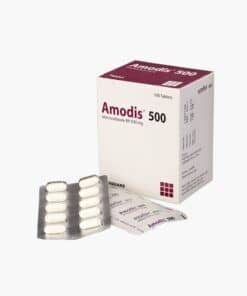

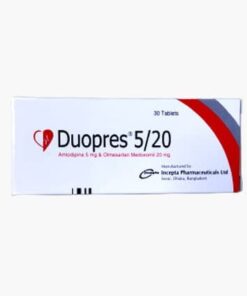

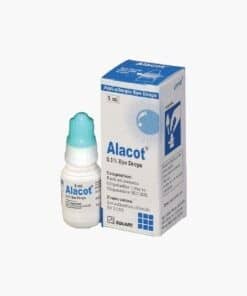

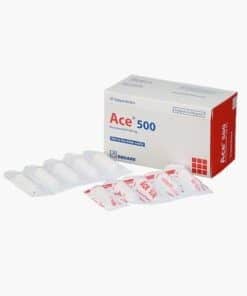
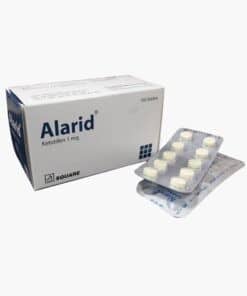
Reviews
There are no reviews yet.